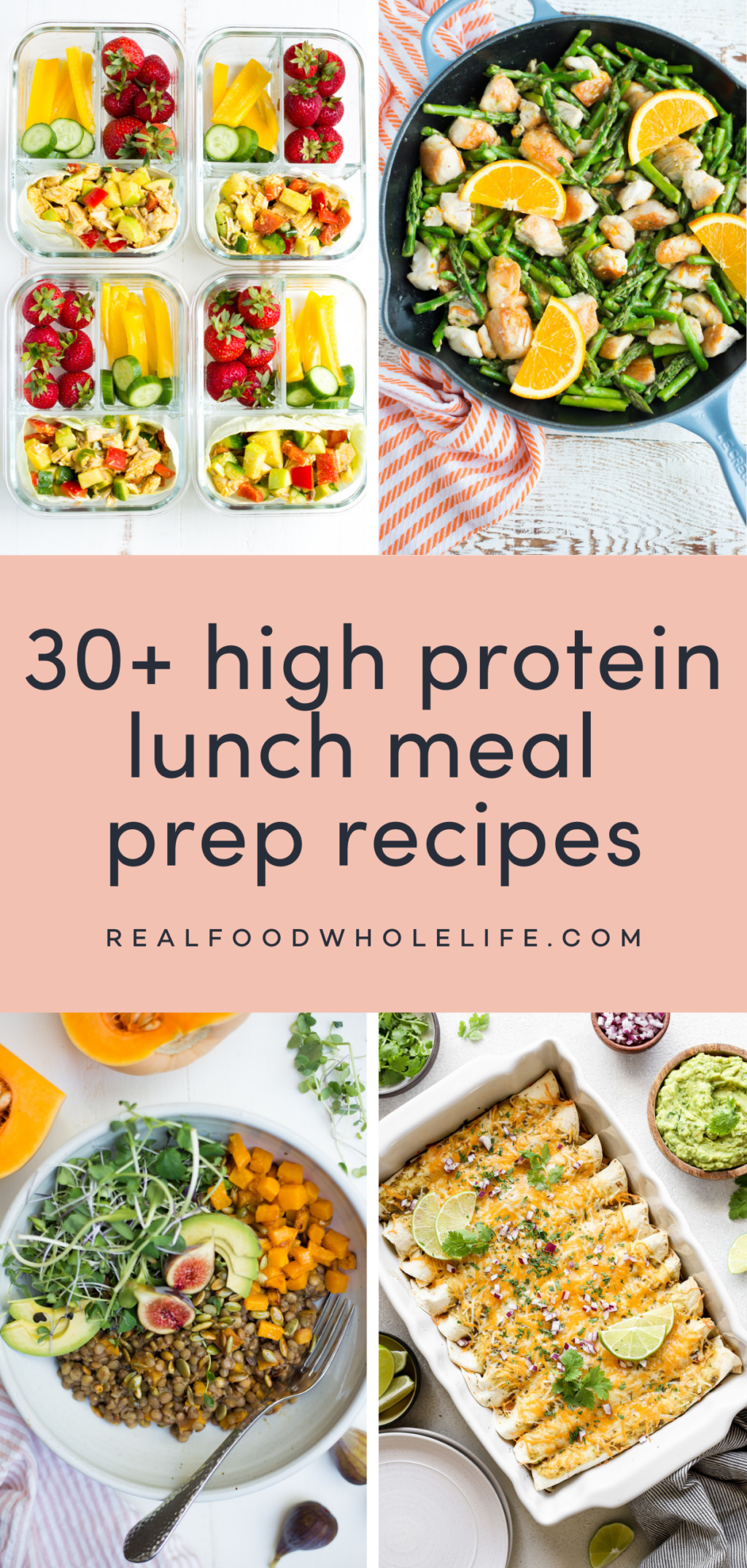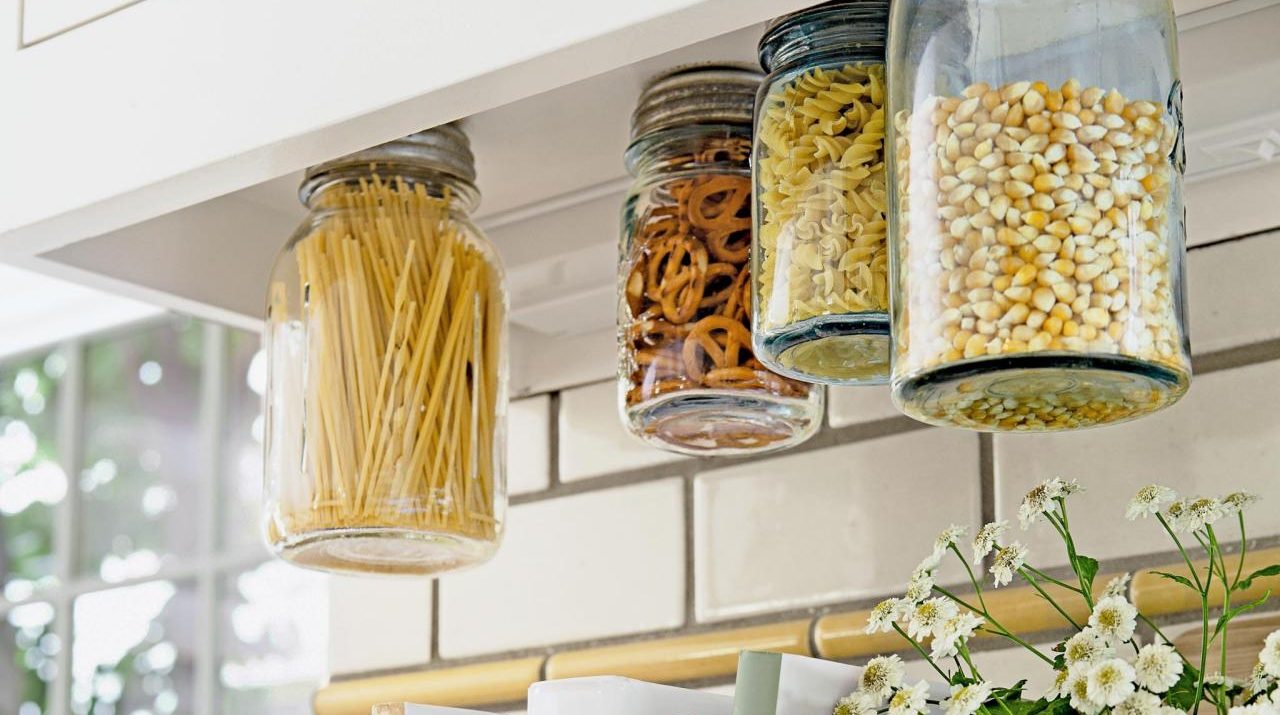Organizing baby food can be challenging, but with these simple DIY solutions, you can store your baby’s food easily and efficiently.
From homemade baby food containers to freezer trays, these solutions will help you save time and keep your baby’s food fresh and accessible.
Introducing your little one to solid foods is an exciting milestone, but it also comes with the need for adequate food storage.
While it may seem overwhelming, there are easy DIY baby food storage solutions that can help simplify the process.
By implementing these organization techniques, you can ensure that your baby’s food is stored safely and conveniently.
Let’s explore some simple and effective ways to store homemade baby food, allowing you to prepare meals in advance and streamline feeding times.

Credit: realfoodwholelife.com
Baby Food Storage Basics
Baby food storage is an essential part of a parent’s routine. It not only ensures that your little one receives the best nutrition but also saves time and effort. Proper storage not only maintains freshness but also ensures safety. Here are the key points to consider when it comes to baby food storage basics.
Choosing The Right Containers
When selecting containers for storing baby food, opt for options that are made of BPA-free, food-grade plastic or glass. These materials are safe and do not leach harmful chemicals into the food. Additionally, look for containers that are leak-proof and freezer-friendly to prevent any spills or freezer burn.
Freezing And Thawing Tips
When freezing baby food, it’s important to divide it into single servings using ice cube trays or small containers. This allows for easy portioning and minimizes waste. Once frozen, transfer the portions into freezer-safe bags or containers to free up space in the freezer.
For thawing, it’s best to place the frozen baby food in the refrigerator overnight. This slow thawing process helps maintain the food’s quality. Alternatively, you can use the defrost setting on a microwave, ensuring to stir the food thoroughly to distribute the heat evenly.
Simple Solutions For Making Baby Food
When it comes to feeding your little one nutritious meals, making baby food at home can be a rewarding option. With a few simple solutions, you can easily prepare and store homemade baby food to ensure your baby gets the best nourishment. Below are some easy DIY baby food storage solutions to simplify your baby food-making process.
Batch Cooking For Convenience
Baby food making can be time-consuming, but batch cooking can save time and effort. Preparing and freezing a variety of baby food in advance allows you to have a stockpile of meals ready when needed. By dedicating a specific day for batch cooking, you can efficiently whip up multiple dishes and store them for later use.
Blender Vs. Food Processor
Choosing between a blender and food processor for making baby food can impact the texture and consistency of the purees. Blenders are better for creating smooth and uniform textures, while food processors can leave a slightly chunkier consistency, suitable for babies transitioning to textured foods. Consider the desired texture of the baby food when selecting your appliance.
Mixing And Mashing Techniques
When mixing or mashing baby food, ensure that the ingredients are thoroughly combined to eliminate any clumps or lumps that may pose a choking hazard. Using a fork, potato masher, or blender can help achieve the desired consistency, and incorporating breast milk, formula, or water can adjust the thickness of the puree to suit your baby’s preference.
Creative Container Ideas
When it comes to storing homemade baby food, having the right containers is key. Creative container ideas not only help in keeping the food fresh but also make portion control and easy release a breeze. In this blog post, we will explore some of the best DIY baby food storage solutions that you can try. Let’s dive in!
Ice Cube Trays For Portion Control
Ice cube trays are not just for making ice. These nifty little trays are perfect for portioning homemade baby food. Simply fill each cube with your pureed goodness, freeze, and pop out when it’s time to eat. What’s great about using ice cube trays is that each cube is approximately one ounce, making it easy to control your baby’s portions. Plus, it’s a space-efficient solution for storing a variety of flavors.
Silicone Freezer Trays For Easy Release
If you’re tired of struggling to release the frozen baby food from regular ice cube trays, silicone freezer trays are your answer. Made from flexible material, these trays make it a breeze to push out the frozen food without any mess or fuss. The non-stick surface ensures that each portion comes out easily, allowing you to thaw only what your little one needs. With these trays, you can say goodbye to wasted food and hello to hassle-free mealtime.
Reusing Baby Food Jars
Don’t toss those empty baby food jars! Reusing them is an eco-friendly and budget-friendly storage solution. These adorable little jars are perfect for storing leftover baby food or for portioning out small servings. They are conveniently sized, making them great for on-the-go feedings or for keeping small snacks. Just make sure to sterilize the jars before reusing them and always check for any cracks or damages that could compromise their safety.

Credit: www.clutter.com
Organization And Labeling
Efficient Storage Strategies
When it comes to DIY baby food storage solutions, organization is key to saving time and ensuring you have what you need at your fingertips. Follow these efficient storage strategies:
- Invest in small, stackable containers:
- Using small, stackable containers allows you to portion out individual servings of baby food and stack them neatly in your fridge or freezer.
- Use a labeling system:
- Labeling your baby food containers may seem like an extra step, but it will save you from the hassle of guessing what’s inside each container.
- Include the date and type of food on each label to easily identify and use the oldest baby food first.
- Utilize clear storage bags:
- If you prefer a more flexible storage solution, clear storage bags are a great option.
- These bags not only save space but also allow you to see the contents at a glance, making mealtime preparation a breeze.
Labeling Techniques For Hassle-free Mealtime
Properly labeling your baby food containers is essential for a hassle-free mealtime. Consider these labeling techniques:
- Color-coded labels:
- Use different colored labels to denote different types of baby food.
- This makes it easy to quickly pick out the desired food without having to read each label.
- Printable labels:
- Create printable labels using a template or design software and stick them onto your containers.
- This ensures clear, legible labels that won’t smudge or fade over time.
- Reusable erasable labels:
- If you prefer a more eco-friendly option, invest in reusable erasable labels.
- These can be written on with a marker and easily erased, allowing you to update the labels whenever you change the contents of a container.
Time-saving Tips And Tricks
Preparing homemade baby food can be a time-consuming task, but with the right tips and tricks, it doesn’t have to be. In this section, we will explore some easy and practical ways for busy parents to save time in the kitchen when making and storing baby food. From meal prep and planning to utilizing leftovers and baby-friendly recipes, these strategies will help you streamline the process and ensure that your little one receives the healthy and nutritious meals they need.
Meal Prep And Planning For Busy Parents
Meal prep and planning can be a game-changer for busy parents. By dedicating a little time to meal preparation in advance, you can save valuable minutes during those hectic weekdays. Here are some time-saving tips to help you get started:
- Create a weekly meal plan: Plan your baby’s meals for the week, taking into account their dietary needs and preferences. This will help you stay organized and ensure that you have all the necessary ingredients on hand.
- Bulk cook and freeze: On a designated cooking day, prepare larger batches of baby food and freeze them in individual portions using ice cube trays or silicone baby food storage containers. This way, you’ll have a variety of homemade options readily available whenever you need them.
- Chop and prep ingredients in advance: Take some time during the weekends to wash, peel, and chop fruits and vegetables. Store them in airtight containers so they are ready to use throughout the week, cutting down on prep time.
- Invest in time-saving tools: Consider using a food processor or a baby food maker to make the blending and pureeing process quicker and more efficient.
Utilizing Leftovers And Baby-friendly Recipes
Leftovers can be a lifesaver when it comes to baby food preparation, and with a little creativity, you can transform them into baby-friendly meals. Here are some ideas for utilizing leftovers and creating tasty baby food recipes:
- Mix and match flavors: Combine leftover steamed vegetables with cooked grains like rice or quinoa for a simple and nutritious meal.
- Puree leftovers: Blend cooked meat or poultry with leftover vegetables and a splash of broth or breast milk to create a flavorful puree.
- Transform breakfast into baby food: Blend oatmeal or yogurt with fresh fruits and a drizzle of honey for a delicious and nutritious baby breakfast option.
- Repurpose soups and stews: Puree soups and stews made for the family, avoiding ingredients like salt and spices, to create a hearty and easy-to-eat meal for your little one.
By getting creative with leftovers and utilizing baby-friendly recipes, you can save time and reduce food waste while providing your baby with a wide range of tasty and nutritious meals.

Credit: www.amazon.com
Frequently Asked Questions Of Easy Diy Baby Food Storage Solutions
What Is The Best Way To Store Homemade Baby Food?
Store homemade baby food in small, airtight containers in the refrigerator for up to three days. To store for longer periods, freeze the food in ice cube trays and transfer the frozen cubes to a freezer-safe bag or container. Thaw frozen baby food in the refrigerator before serving.
What Is The Easiest Way To Organize Baby Food?
The easiest way to organize baby food is by using stackable containers or a storage system with compartments. Keep different types of food separate and label them for easy access. Store them in a designated area in the kitchen for quick and convenient meal preparation.
How Do You Store Uneaten Baby Food?
Store uneaten baby food in airtight containers in the fridge for up to 48 hours. If not used, freeze the food in ice cube trays and transfer to a freezer bag for up to 3 months. Thaw frozen food in the fridge and use within 24 hours.
What Is The Best Tool For Homemade Baby Food?
The best tool for homemade baby food is a high-quality blender. It can puree fruits, vegetables, and cooked grains into smooth, easily digestible textures for your little one.
Conclusion
These easy DIY baby food storage solutions provide a convenient and cost-effective way to keep your little one’s meals fresh and accessible. By utilizing simple hacks like ice cube trays and freezer bags, you can ensure that homemade baby food is always on hand.
With these practical storage options, you can save time, money, and reduce food waste. Start organizing your baby’s meals today with these hassle-free storage ideas.

